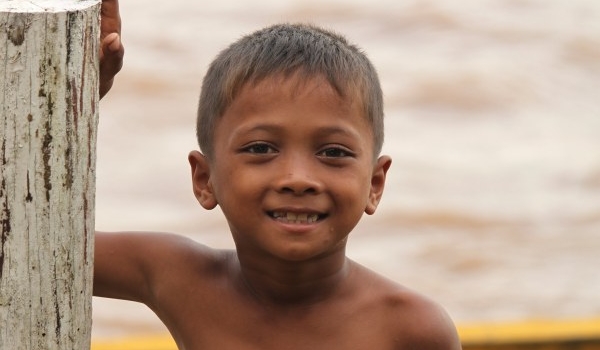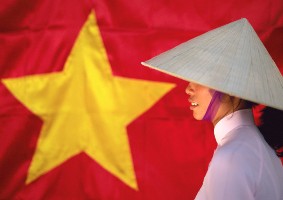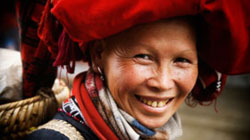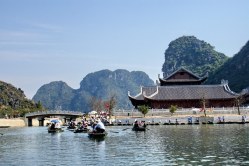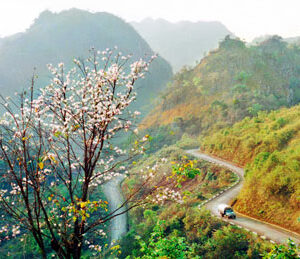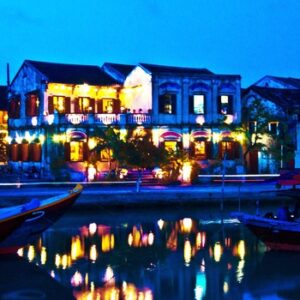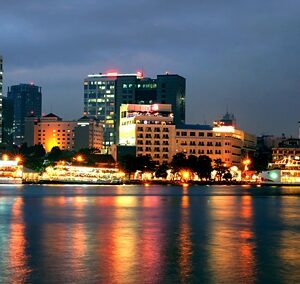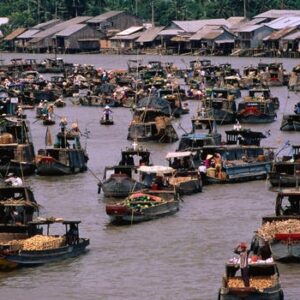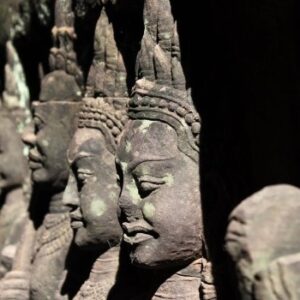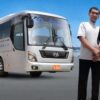GROUP TOUR – TOUR CODE: CRE01S
Cambodia’s Great Lake, Tonle Sap, is the World’s 11th largest lake and also deemed as an ecological hotspot by UNESCO. If you want to see how a different culture survives and observe people going about their very basic lives, then you must visit this floating village. It is also a welcome break from temple visiting.
PRICE
US$ 33/per person (Minimum 2 tourists)
TIME: 08:00am – 11:00am
INCLUSION
- English Speaking tour guide, Entrance Fees, Boat Fee, Shuttle transfer (sharing with other tourists)
- Pick up & Drop off at Your hotel in Siem Reap
EXCLUSION
- Drinks, Insurance, Gratuities for guide and driver
TONLE SAP LAKE TOUR PROGRAM
Pick up from hotel. Excursion to visit Floating Village, take a ride by traditional wooden boat on Tonle Sap Lake to experience the human occupations at the edges of the lake is similarly distinctive – floating villages, towering stilted houses, huge fish traps, and an economy and way of life deeply intertwined with the lake, the fish, the wildlife and the cycles of rising and falling waters. In the wet season, the Tonle Sap Lake is one of the largest freshwater lakes in Asia. Transfer back to your hotel. Tour ends here.

A mere 40 minutes bus ride away from the city centre, renting a boat to tour Tonle Sap is a true fabulous experience that one shall not miss visiting Siem Reap.
BEFORE TOUR
Tonle Sap Lake is the most prominent feature on the map of Cambodia – a huge dumbbell-shaped body of water stretching across the northwest section of the country. In the wet season, the Tonle Sap Lake is one of the largest freshwater lakes in Asia, swelling to an expansive 12,000 km2. During the dry half of the year the Lake shrinks to as small as 2500 km2, draining into the Tonle Sap River, which meanders southeast, eventually merging with the Mekong River at the ‘chaktomuk’ confluence of rivers opposite Phnom Penh.
Cambodia’s wet season comes courtesy of the southwest monsoon, which blows from May to October, bringing with it some three-quarters of Cambodia’s annual rainfall. During the wet season, a unique hydrologic phenomenon causes the river to reverse direction, filling the lake instead of draining it. The engine of this phenomenon is the Mekong River, which becomes bloated with snow melt and runoff from the monsoon rains in the wet season. The swollen Mekong backs up into the Tonle SapRiver at the point where the rivers meet at the ‘chaktomuk’ confluence, forcing the waters of the Tonle SapRiver back upriver into the lake.
The inflow expands the surface area of lake more than five-fold, inundating the surrounding forested floodplain and supporting an extraordinarily rich and diverse eco-system. More than 100 varieties of waterbirds including several threatened and endangered species, over 200 species of fish, as well as crocodiles, turtles, macaques, otter and other wildlife inhabit the inundated mangrove forests.
The Lake is also an important commercial resource, providing more than half of the fish consumed in Cambodia. In harmony with the specialized ecosystems, the human occupations at the edges of the lake is similarly distinctive – floating villages, towering stilted houses, huge fish traps, and an economy and way of life deeply intertwined with the lake, the fish, the wildlife and the cycles of rising and falling waters.

